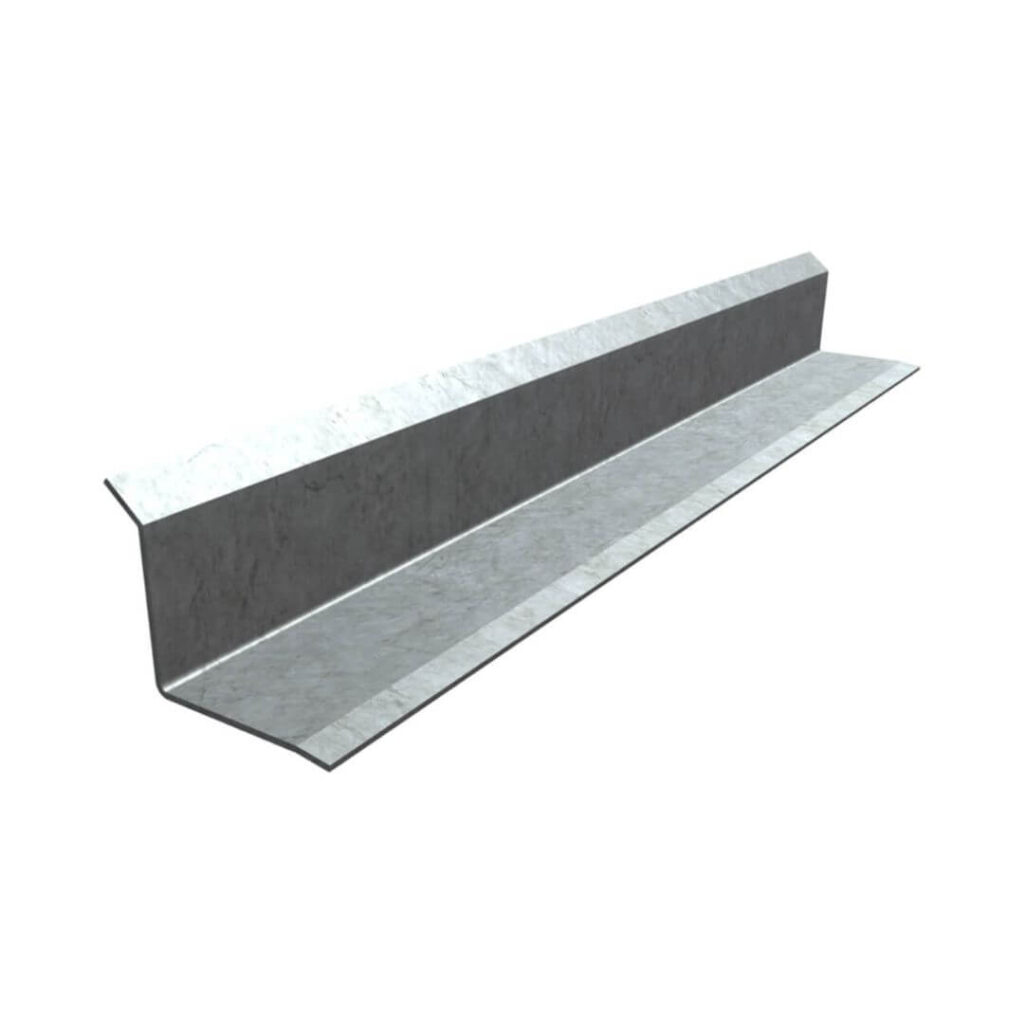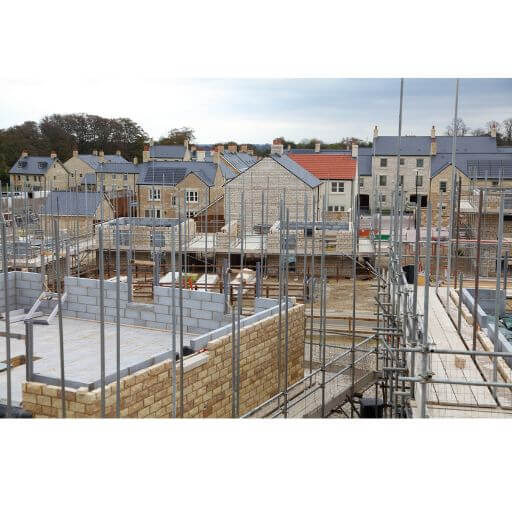
Lintel Cost Estimate UK Guide
If you find yourself in the UK and in need of replacing a lintel, have you ever wondered how much it might cost?
Look no further, as this article will give you a brief overview of the average Lintel Replacement Cost in the UK.
From materials to labour, we’ll explore all the factors that contribute to the overall cost, ensuring you have a clear understanding of what to expect when undertaking this project.
So, let’s take a look and discover the price range for replacing a lintel in the UK.
Lintel Failure – The Early Signs
Spotting the early signs of Lintel Failure is integral to preventing spiralling costs and structural problems to your Property.
Early signs include:
-
Sticky Doors and Windows
Try adjusting the Door or Window first, this could rectify the problem. If the issue is not corrected, be sure to get some professional help.
-
Cracking Joints
Cracks in Brickwork should be inspected immediately. This is a clear sign of some kind of movement in your Property.
Diagonal Cracking from the Corner of your property indicated Lintel Failure.
-
Gaps
Bowing or Distorted Walls is normally caused by Moisture Penetration, a Failed Lintel may lead to excessive loads causing gaps and pushing bricks out.
Should you Replace or Repair your Lintel?
This normally depends on the damage to the Lintel and the area being supported by the Lintel.
Lintels support extremely heavy loads, and they should be evaluated by a professional on all accounts.
A Lintel repair is possible, and in some circumstances may be a better option, but bear in mind all remedial works from subsequent damage should be assessed.
A very broad Lintel replacement cost estimate range is £700 upwards.
Factors affecting the cost of replacing a lintel
When it comes to replacement several factors can impact the overall cost.
Understanding these factors is essential in planning and budgeting for Lintel Replacement Cost. Here are the key factors to consider:
Material – Lintel Cost Estimate UK
The choice of material can significantly affect the Lintel Cost Estimate
Different materials have varying price points and durability, so it’s important to choose one that suits your needs and budget.
Common materials used for replacement include concrete, steel, timber, composite, and stone.
Commonly Used Lintels

Concrete Lintels
Concrete Lintels have a cost advantage over many other Lintel types due to the low cost of concrete and the lower cost manufacturer process and can reduce your Lintel Cost Estimate.
Concrete Lintels have a cost advantage over many other Lintel types due to the low cost of concrete and the lower cost manufacturing process.
This does not mean you are fitting an inferior product, Concrete Lintels have many other advantages and Strength is key.
A Concrete Lintel is usually pre-stressed and is ideal for use above windows and doors.
Most Concrete Lintels will be pre-cut to size but can be custom-cut using a High-Speed Diamond Cutter.
In most instances, this should be done by a Professional ensuring Health & Safety Laws are met.
Concrete Lintels should be bedded on full-level mortar, and adequate propping should be in place, whilst setting.
Popular manufacturers include Supreme Concrete, Naylor, Stressline and Robslee.
Jewson is one of the leading suppliers, offering competitively priced pre-cut concrete liners for delivery or collection throughout its branch network.
Over 50 types of Concrete Lintel are available at Jewson.
The table below breaks down the most popular by Brand and Price
Steel Lintels
Steel Lintels are strong, durable and long-lasting and a popular choice in the UK.
There are many types of Steel Lintels including Cavity Lintels which are ideal for reducing Thermal Bridging.
Steel Lintels can be used on a range of applications including, Timber Floor Loads, Roof Loads, Internal Partitions and Cavity Walls.
Jewson offer Steel Lintels by leading Manufacturers including Birtley,Keystone, Catnic & IG
Size and complexity
The size and complexity of the lintel required for your property will also play a role in the cost. Larger lintels or with intricate designs may require more materials and labour, resulting in higher costs. It’s important to carefully assess the dimensions and design requirements to get an accurate estimate.
Labour costs
Labour costs can vary depending on the region and the complexity of the job. Replacement requires skilled labour, and the cost may increase if additional workers are needed or if specialized equipment is necessary. Obtaining multiple quotes from qualified builders can help you compare labour costs and find the best value for your money.
Property Location
The location of your property can impact the cost of replacement.
In some areas, the cost of living is higher, which can translate to higher labour costs. Additionally, if your property is located in a remote or hard-to-reach area, the logistics and transportation of materials may add to the overall expense.

Access to the area
The ease of access to the area where the lintel needs to be replaced can have cost implications. If the area is easily accessible, it may require less labour and time to complete the job. However, if the area is difficult to reach or obstructed, additional measures may need to be taken, resulting in higher costs.
Removal of existing lintel
If there is an existing lintel that needs to be removed before the replacement can take place, this will add to the overall cost. Demolition and removal of the old one should be done carefully to avoid any damage to the surrounding structure. The cost of removal will depend on the complexity of the task and any necessary safety precautions.
Additional repairs
Sometimes, replacement may uncover additional issues that need to be addressed. For example, if there is evidence of water damage or structural issues, these will need to be remedied before the new one is installed. The cost of any additional repairs will depend on the extent of the damage and the materials and labour required.
Planning permission and building regulations
Before replacing a lintel, it’s important to check if planning permission is required. Certain alterations to the property may need prior approval from the local authorities. Additionally, the replacement must adhere to building regulations to ensure compliance with safety and structural standards. Any necessary permissions and compliance measures may add to the overall cost.
Type of lintel
The type you choose can also impact the cost. Different types, such as box lintels, cavity lintels, solid lintels, arch lintels, and corbel lintels, have varying prices. The design and material requirements of each type can influence the overall project cost.
Professional fees
When hiring professionals for lintel replacement, there may be additional costs in the form of professional fees. Architects, engineers, and surveyors may be required to assess the structural integrity and provide designs and plans. It is important to factor in these professional fees when budgeting for the overall cost of the project.
The average cost of replacing a lintel
Understanding the average cost of replacing a lintel can give you a ballpark figure to work with when planning your budget. While the exact cost will depend on the factors mentioned earlier, here are some average cost ranges to consider:
Average cost range
The cost of replacing a lintel can range from £500 to £2,500, depending on the size, complexity, and materials involved. This range includes both materials and labour costs.
Average cost per type of property
The cost can also vary depending on the type of property.
On average, the lintel replacement cost for a standard terraced house can range from £700 to £1,500. For a semi-detached or detached house, the cost may be slightly higher, ranging from £1,000 to £2,500.
Average cost per material
The choice of material can also impact the average cost. For example, a concrete lintel replacement cost can be between £500 and £1,500, whereas a steel lintel replacement may range from £1,000 to £2,000. Timber, composite, and stone lintels can have varying costs as well.
Average cost per type of lintel
Different types of lintels may also have different average costs. A box lintel replacement cost can be between £500 and £1,500, while a cavity lintel replacement cost can range from £750 to £2,000. The average cost will depend on the complexity and materials used for each type.
Average cost per region
The cost of replacing a lintel can also vary depending on the region. In general, areas with a higher cost of living, such as London and the Southeast, may have higher average costs compared to other regions in the UK. It’s important to consider regional price differences when budgeting for the project.
Additional costs
It’s worth noting that there may be additional costs involved in the lintel replacement process. These can include the cost of obtaining necessary permissions, temporary accommodations if the work affects habitable areas of the property, and any additional repairs or alterations required. It’s important to budget for these potential extra expenses to avoid any financial surprises.
Cost breakdown of replacing a lintel
To get a more detailed understanding of the cost breakdown for replacing a lintel, let’s take a closer look at the different components which will impact your Lintel Replacement Cost.
Material cost
The cost of materials will depend on the type and quality chosen. On average, materials for lintel replacement can range from £150 to £1,000, depending on the material and size required.
Labour cost
Labour costs typically account for the largest portion of the overall project cost. It is advisable to obtain multiple quotes from builders to compare the labour costs. On average, the labour cost for lintel replacement can range from £250 to £1,500, depending on the complexity of the job. Push your expert to provide a fixed Labour cost to enable you to manage the Lintel Replacement Cost estimate.
Removal of existing lintel cost estimate UK
If there is an existing lintel that needs to be removed, the cost of demolition and removal can vary. This cost can range from £100 to £500, depending on the difficulty of the task and any safety precautions that need to be taken.
Additional repair costs
In some cases, additional repairs may be necessary before or during the lintel replacement process. The cost of these repairs will depend on the extent of the damage and the materials and labour required. It is advisable to have a contingency budget in case unexpected repairs are needed.
Professional fees
Professional fees, such as those charged by architects, engineers, or surveyors, should also be taken into account in your Lintel replacement cost. These fees can vary depending on the complexity of the project and the specific requirements. It is recommended to obtain quotes from professionals and factor in these fees when budgeting for the overall cost.
Materials for lintel replacement
Choosing the right material for your lintel replacement is crucial, as it will determine the durability and aesthetic appeal of your property. Here are some common materials used for lintel replacement:
Concrete
Concrete lintels are a popular choice due to their affordability and strength. They can be easily customized to fit specific dimensions and are resistant to fire and pests. 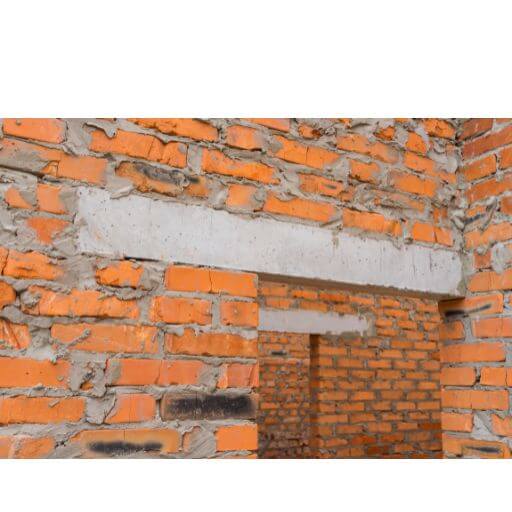
Steel
Steel lintels are known for their strength and durability. They are often preferred for larger openings and situations where a longer span is required. Steel lintels can range in price from £200 to £800, depending on the size and design required.
Timber
Timber lintels offer a more traditional and natural look to a property. They can add warmth and character to both contemporary and period homes. Timber lintels typically cost between £200 and £600, depending on the size and type of timber used.
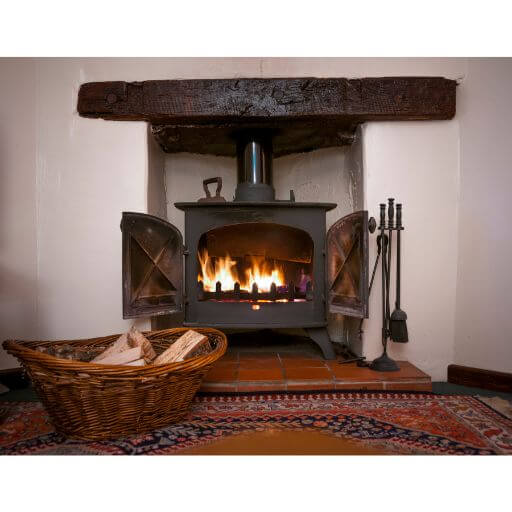
Composite
Composite lintels are a combination of different materials, such as concrete and steel, offering the benefits of both. They are designed to provide strength, durability, and thermal insulation. Composite lintels can range in price from £250 to £800, depending on the design and materials used.
Stone
Stone lintels are often chosen for their aesthetic appeal and durability. They can add a touch of elegance and charm to a property. Stone lintels typically cost between £300 and £1,000, depending on the type of stone and the complexity of the design.
When choosing the material for your lintel replacement, consider factors such as structural requirements, architectural style, budget constraints, longevity, and environmental impact. It is also advisable to consult with a professional to ensure you select the most suitable material for your specific needs.
Types of lintels
Lintels come in various types, each with its own advantages and design considerations. Here are some common types of lintels:
Box lintel
Box lintels are rectangular in shape and can be made from various materials, such as concrete or steel. They are sturdy and can support a significant amount of weight. Box lintels are commonly used for straight openings and can be easily fitted into standard cavity wall constructions.
Cavity lintel
Cavity lintels are designed for properties with cavity walls. They bridge the gap between the inner and outer walls while maintaining the separation of the cavities. Cavity lintels can provide thermal insulation and are often made from steel or composite materials.
Solid lintel
Solid lintels, also known as monolithic lintels, are made from a single piece of material, such as stone, concrete, or steel. They offer excellent load-bearing capabilities and are suitable for spanning wide openings. Solid lintels can provide a traditional or contemporary look to a property, depending on the material chosen.
Arch lintel
Arch lintels are specifically designed to create curved or arched openings. They are often made from materials such as stone or brick, which are shaped to form the desired arch. Arch lintels require careful planning and craftsmanship to ensure structural integrity and aesthetic appeal.
Corbel lintel
Corbel lintels are characterized by their decorative design, with one or both ends protruding from the wall to support the load. They are commonly made from stone or brick and offer an architectural feature that adds character to a property.
When choosing the type of lintel for your replacement, consider factors such as the structural requirements of your property and the desired architectural style. It is recommended to consult with a professional to ensure the chosen lintel type is suitable for your specific needs.
Factors affecting the material choice
The choice of material for your lintel replacement is influenced by several factors. These factors should be carefully considered to ensure that the selected material meets your requirements. Here are the key factors that affect material choice:
Structural requirements
The structural requirements of your property play a vital role in determining the appropriate material for lintel replacement. Factors such as the load-bearing capacity, span length, and the presence of any structural alterations will influence the choice of material. It is crucial to consult with a structural engineer or qualified builder to assess the specific needs of your property.
Architectural style
The architectural style of your property may also influence the material choice for lintel replacement. Different materials lend themselves better to certain architectural styles. For example, stone lintels may be more suitable for period properties, while steel lintels can complement modern or industrial designs. Consider how the material will enhance the overall aesthetic appeal of your property.
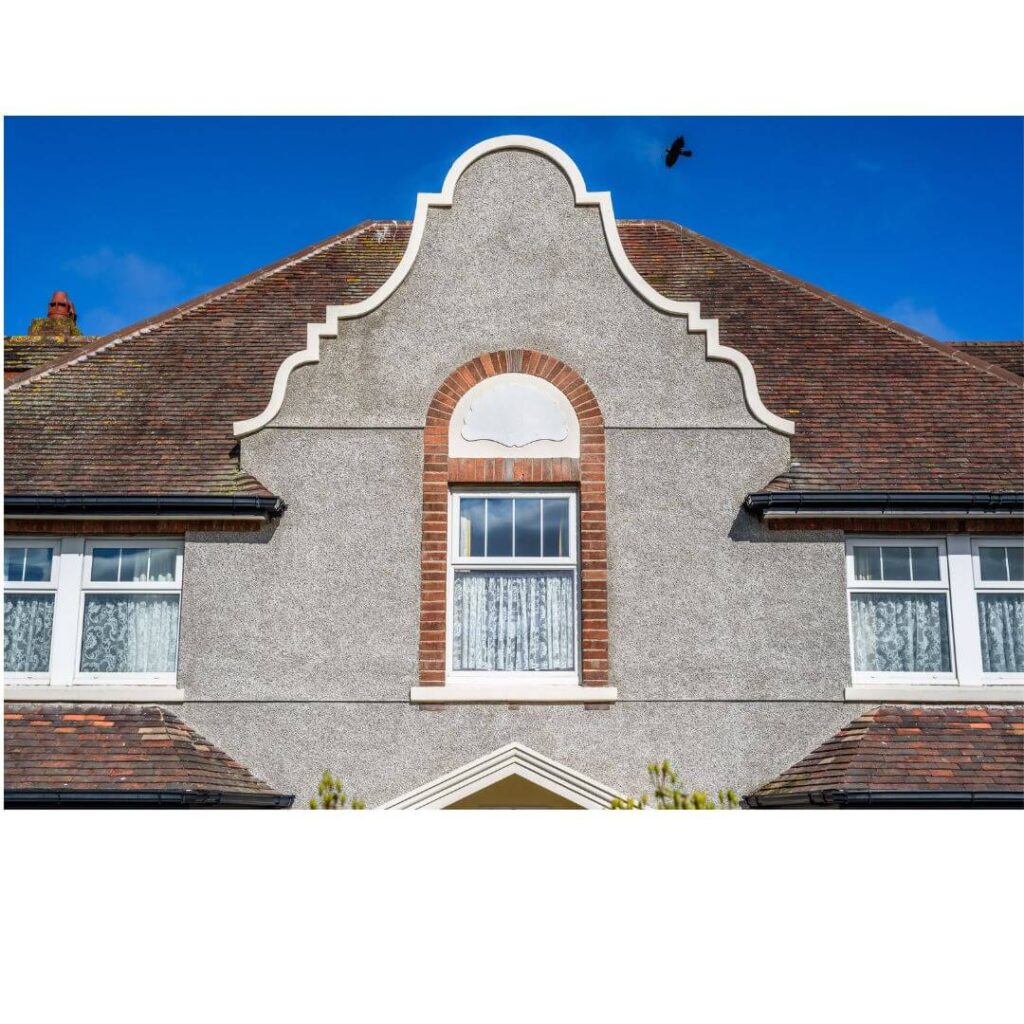
Budget constraints
Budget is a significant consideration when selecting a material for lintel replacement cost. Different materials have varying price points, and it’s important to choose one that fits within your budget. Remember to consider the long-term costs of maintenance and potential repairs associated with each material choice.
Longevity and durability
The longevity and durability of the material are crucial factors to consider. Some materials, such as steel or composite, may offer better resistance against corrosion and weathering. Others, like stone or concrete, may require less maintenance over time. Assess the expected lifespan and maintenance requirements of each material before making a decision.
Environmental impact
The environmental impact of the chosen material should also be taken into account. Some materials, such as timber, are renewable resources and have a lower carbon footprint. Others, such as concrete or steel, may have a higher embodied energy. Consider the sustainability and environmental implications of each material choice.
By carefully considering these factors, you can make an informed decision on the material choice for your lintel replacement, ensuring that it meets your structural, aesthetic, budgetary, and environmental requirements.
Benefits of replacing a lintel
Replacing a lintel can bring several benefits to your property. Understanding these advantages can help you make an informed decision on whether to proceed with the replacement. Here are the key benefits of replacing a lintel:
Improved structural integrity
Lintels play a vital role in supporting the load above doorways, windows, or other openings. Over time, lintels may deteriorate due to age, moisture, or other factors, compromising the structural integrity of the property. By replacing a damaged or inadequate lintel, you can restore the structural strength of the opening, ensuring the safety and stability of the surrounding construction.
Enhanced aesthetic appeal
A new lintel has the potential to enhance the aesthetic appeal of your property. Choosing a lintel that complements the architectural style can add visual interest and character. Whether you opt for a decorative stone lintel or a sleek steel lintel, the new installation can elevate the overall look and feel of your property.
Increased property value
Investing in lintel replacement can increase the value of your property. Improved structural integrity and enhanced aesthetics can be attractive selling points to potential buyers. Moreover, buyers may be more willing to pay a premium for a property that has had necessary maintenance and upgrades, including lintel replacement.
Efficient thermal insulation
Older or deteriorated lintels may contribute to heat loss or cold bridging, leading to energy inefficiency. By replacing a lintel, you can improve the thermal insulation of your property, minimizing heat transfer and reducing energy consumption. This can lead to lower heating and cooling costs and a more comfortable living environment.
Better soundproofing
Replacing a lintel with a properly designed and installed one can also improve sound insulation on your property. A high-quality lintel can help reduce noise transmission, creating a quieter and more peaceful living environment. This can be particularly beneficial if your property is located in a busy area or near sources of noise, such as roads or railways.
These benefits highlight the importance of considering lintel replacement as a worthwhile investment for your property. By improving structural integrity, enhancing aesthetics, increasing property value, improving thermal insulation, and enhancing soundproofing, you can enjoy a more comfortable and desirable living space.
Hiring professionals for lintel replacement
Replacing a lintel is a specialized task that requires expertise and experience. Hiring professionals for the job ensures the work is done safely and to a high standard. Here are some key considerations when hiring professionals for lintel replacement:
Finding a qualified builder
Start by researching and finding qualified builders or contractors who specialize in lintel replacement. Look for professionals who have experience in similar projects and can provide references or testimonials from satisfied clients. Online directories, word-of-mouth recommendations, and professional associations can be helpful in finding reputable builders.

Obtaining multiple quotes
To ensure you get the best value for your money, obtain multiple quotes from different builders. This will give you an idea of the cost range and allow you to compare prices and services. It’s essential to provide each builder with detailed information about the project requirements so they can provide accurate quotes.
Checking credentials and references
Before hiring a builder, it’s important to check their credentials and qualifications. Ensure they are properly licensed, insured, and certified. Additionally, ask for references or examples of their previous work to assess the quality of their craftsmanship and professionalism. This will give you confidence in their ability to handle your lintel replacement cost and project.
Agreeing on a detailed contract
Once you’ve found a suitable builder, it’s crucial to agree on a detailed contract that outlines the scope of work, timeline, payment schedule, and any specific requirements, and a The contract should also detail any guarantees or warranties provided by the builder. Review the contract carefully before signing to ensure all your expectations are clearly stated.
Securing appropriate insurance
Before any work begins, make sure the builder has appropriate insurance coverage, including public liability insurance and employer’s liability insurance. This protects you, the homeowner, from any potential accidents or damages that may occur during the project. It’s important to request proof of insurance and verify its validity before work commences.
By following these steps, you can hire professionals with the necessary skills and qualifications to carry out your lintel replacement project. This ensures that the work is done to a high standard, providing peace of mind and a satisfactory end result.
Take a look at The Beam Load Calculator: Determining Support Reactions for Simply-Supported Beams

Saving money on lintel Cost Estimate
Replacing a lintel can be a significant investment, but there are ways to save money without compromising quality. Here are some tips to help you save money on replacement:
Obtaining multiple quotes
Obtaining multiple quotes from different builders or contractors is key to ensuring you get the best value for your money. It allows you to compare prices, services, and the overall approach to the project. This can help you identify any potential cost-saving opportunities while still receiving quality workmanship.
Choosing cost-effective materials
Selecting cost-effective materials can help reduce the overall project cost. While it’s important not to compromise on quality or performance, exploring different material options and finding a balance between cost and durability can help you save money. Consult with professionals to determine the most suitable material for your specific needs and budget.
Taking advantage of seasonal deals
Some builders may offer seasonal deals or discounts during slower periods. By timing your lintel replacement project strategically, you may be able to take advantage of these deals and save money on labor or material costs. Discuss this possibility with potential builders or contractors to see if any upcoming promotions or discounts are available.
Planning in advance
Planning your lintel replacement cost well in advance can help save money by giving you time to research and compare different options. Rushing to make decisions can lead to higher costs as you may not have enough time to explore different material or builder choices. By allowing yourself ample time, you can make informed decisions and potentially negotiate better deals.
Avoiding unnecessary additional repairs
While some additional repairs may be necessary during the replacement process, it’s important to avoid any unnecessary or cosmetic repairs that are not critical to the structural integrity. These additional repairs can quickly add up and inflate the overall project cost. Focus on the essential repairs and prioritize the replacement itself to ensure cost savings.
By implementing these cost-saving strategies, you can find ways to reduce the overall expense of replacement while still achieving a high-quality result. Remember to prioritize safety, quality, and the long-term value of your investment when making decisions.
Conclusion | Lintel Replacement Cost
Replacing a lintel is an important home improvement project that requires careful consideration and planning.
By understanding the factors that affect your lintel cost estimate the average cost ranges, and with our Lintel cost estimate, you can better prepare for the financial aspect of the project.
The choice of material, type of lintel, and factors affecting material choice should be carefully assessed to ensure a suitable and cost-effective solution.
The benefits of replacing a lintel, such as improved structural integrity, enhanced aesthetic appeal, increased property value, efficient thermal insulation, and better soundproofing, highlight the value that this project can bring to your property.
When hiring professionals for replacement, it is essential to find qualified builders, obtain multiple quotes, and check their credentials and references. A detailed contract and appropriate insurance coverage are also crucial for a smooth and secure process.
Finally, saving money on your Lintel replacement cost can be achieved through obtaining multiple quotes, choosing cost-effective materials, taking advantage of seasonal deals, planning in advance, and avoiding unnecessary additional repairs.
By considering all these aspects and following the recommendations provided, you can ensure a successful and cost-effective replacement project, enhancing both the structural integrity and the aesthetic appeal of your property.
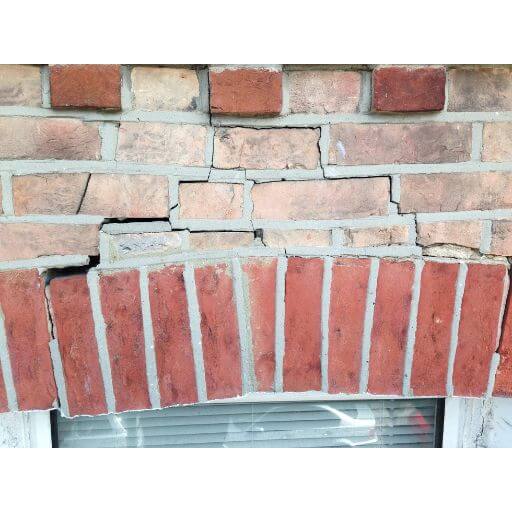
Read Can I Install A Lintel Myself?
Disclosure: Building Material Reviews is an Affiliate to several Building Supplies Partners and we earn commission from Qualifying Purchases.

